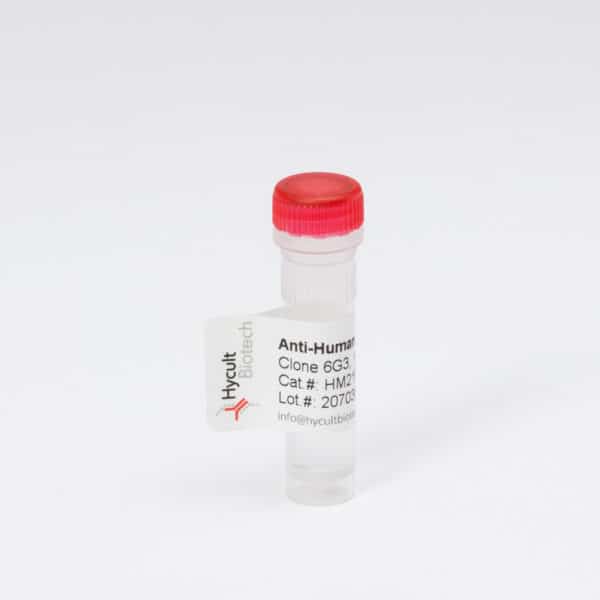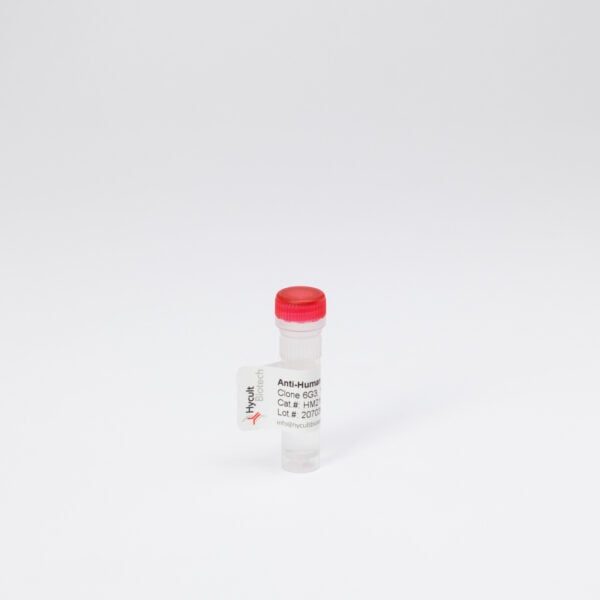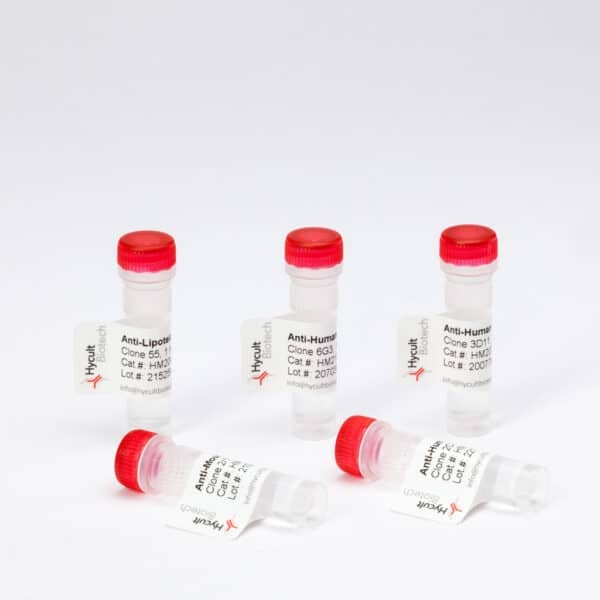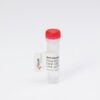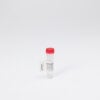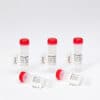SR-BI, Rat, mAb 3D12
€133.00 – €620.00
Monoclonal antibody 3D12 reacts with rat class B scavenger receptor type I (SR-BI). Scavenger receptors have been studied primarily for their ability to bind and internalize modified lipoproteins. They have been found in the development of atherosclerosis and other macrophage-associated functions. Scavenger receptors also function as pattern recognition receptors for a wide variety of pathogens. This finding indicates a potential role in host defense. SR-BI belongs together with CD36 to the class B scavenger receptor family. SR-BI is a multiligand membrane protein existing in various organs such as the liver and various cell types such as endothelial cells, macrophages, brain cells, Leydig cells and Sertoli cells. SR-BI has been found as a receptor for phospholipids, free and (lipo)protein-bound ApoE, lipid-bound ApoA-I, HDL, hypochlorite-modified LDL and more. In liver, the PDZK-1 (and possible other PDZ domains) of SR-BI has been found to be essential for cell surface expression and, hence, reverse cholesterol transport. In the brain, the presence of SR-BI seems to be involved in the uptake of oxidatively modified lipoproteins and beta-amyloid protein complexed with ApoE, suggesting SR-BI to be an important tool for studies on neurodegenerative disorders. In the testis, SR-BI is expressed in two somatic cell types: Leydig cells and Sertoli cells. SR-BI functions at least partly as a phosphatidyl serine receptor (PSR), enabling Sertoli cells to recognize and phagocytose apoptotic spermatogenic cells at all stages of differentiation. Monoclonal antibody 3D12 blocks the biological activity of rat SR-BI. For example, it inhibits the ability of SR-BI to mediate the corporation of lipids of HDL by SR-BI expressing cells.
